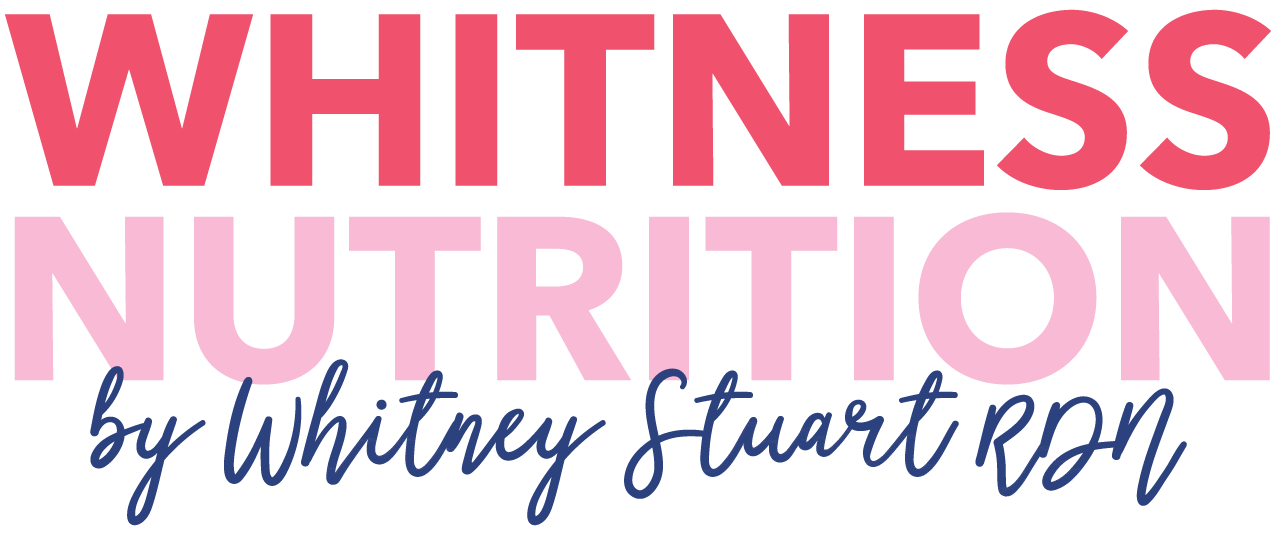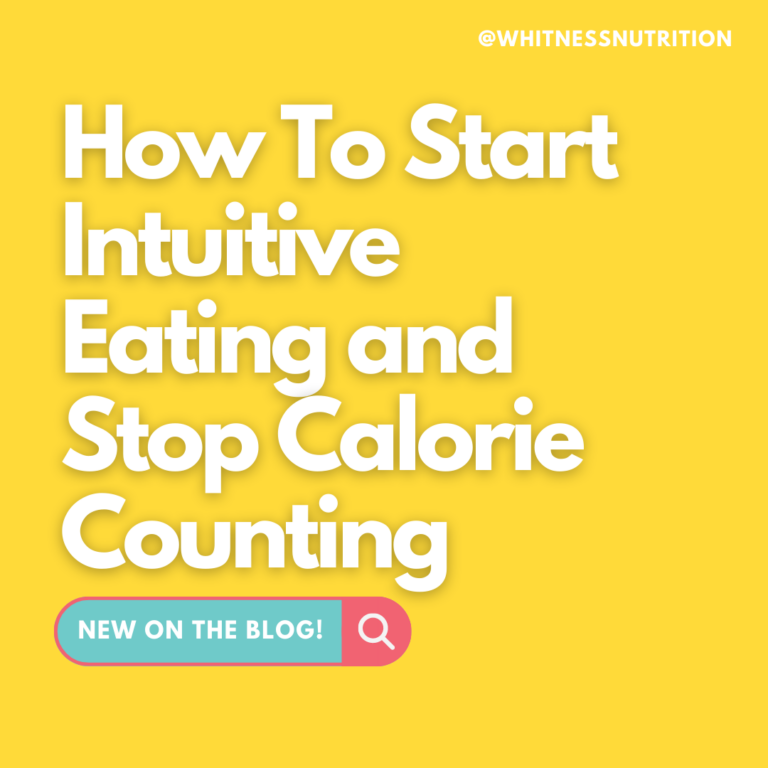Is High Cholesterol Bad? The Down-Low on Cholesterol Labs
Do you have high cholesterol? Or, does high cholesterol run in your family? Many adults are told they have high cholesterol and the conventional recommendations to improve it greatly vary from:
“decrease your fat intake”
to “lose weight”
to “we will start you on statin therapy”.
Or, worse, “Although you don’t have high cholesterol, it would be a good precautionary step to start on statin therapy, anyways!”
Believe it or not, you may actually not need that cholesterol medication. And, cholesterol may not be the evil that we previously thought it was. Which is astounding, because currently 28% of Americans have high cholesterol and 43% are on statin therapy for it.
I have spent hundreds of hours this year ordering correct lab values for patients, educating them on actual risks for heart health, and reducing their elevated inflammatory markers (total cholesterol is actually not one of these) with food as medicine.

How do I know if I have high cholesterol? Below you’ll find the down-low on what lab values you actually need to check and changes you can implement to help lower your cholesterol on your own, without medication.
Cholesterol has it’s good side
Cholesterol is a vital component of the entire cell membrane. There is no life on Earth that can live without cholesterol. Yes, lowering cholesterol too much increases the risk of early mortality! Cholesterol is also a precursor to all steroidal hormones. That is, you cannot produce estrogen, testosterone, cortisone and a host of other vital cholesterol-free hormones without enough in your system. Hello, fertility outcomes.
Cholesterol is a necessary component of every cell In the body. It supports the structure of cells, forms the basis of Vitamin D and other sex hormones, and aids in the absorption of fats and fat-soluble vitamins.
Fun Fact: Only a minority of our cholesterol comes from our diet! 20-25% of the cholesterol in our blood comes from the food we eat! The majority of it – 75-80% is made by the liver!
Certain conditions may have an impact on the liver producing more cholesterol like insulin resistance and Type II diabetes, metabolic syndrome, adrenal dysfunction, stress, genetics among others.
Note: 15-25% of the population are hyper-responders to cholesterol. This means that based on their unique genetic makeup, they may experience a ~3x greater response to dietary cholesterol compared to the rest of the population (think: higher blood cholesterol levels seen in everyone around the dinner table).
Cholesterol: The Good and the Bad?
There are two types of cholesterol in our bodies; one is LDL (you may have heard this referred to as the ‘bad’ type of cholesterol) and the other is HDL (the ‘good’ kind of cholesterol). LDL is the main type of cholesterol responsible for the build-up that can occur in our arteries. HDL cholesterol helps to remove built up cholesterol from those arteries.
What is a good cholesterol value?
It is recommended that LDL, for both adult women and men, should remain below 100 mg/dL.
HDL, on the other hand, is one you want to be higher! For women, it is recommended for HDL levels to be 50 mg/dL or higher. For men, 40 mg/dL or higher. Just think – if HDL is helping to clean out those arteries and take care of any LDL cholesterol that may be built up, the higher that level is the better! Keep reading for ways to increase your HDL.
Inflammation: When Cholesterol values become an issue
Cholesterol only becomes a problem when certain types of cholesterol (small, dense, LDL particles) contribute to oxidation of free radicals in the body that can lead to inflammation and plaque formation in the arteries, restricting blood flow and contributing to heart disease. Free radicals in the body can be generated from excess PUFAs (vegetable oils), smoking cigarettes, processed foods, immune cell activation, mental stress, cancer, aging ischemia among others.
Is LDL cholesterol bad?
Simply checking your LDL-C (concentration) on a standard lipid label is an inaccurate marker of cardiovascular disease risk. LDL alone may not be an issue. We actually need to know the type of LDL particles, specifically the ratio of small dense LDL particles (the problem-causing ones) to big fluffy ones.
Because, people with “good” LDL levels still have heart attacks. Rancid or oxidized cholesterol that results in heart attacks/stroke results from oxidative stress and free radicals, triggering a vicious cycle of inflammation and plaque deposition under the artery walls.
The real danger occurs when LDL (the cholesterol you do NOT want to be high) particles become oxidized and start the build-up of plaque or cholesterol deposits in your arteries.
A Complete Cholesterol picture: add Apo-B and Lipid particle size!
Recent research has shown that in order to really pursue optimal health, isolated cholesterol values don’t give us enough data to know our risk for heart disease. The following labs are needed to paint a clearer and more complete picture on how these values interplay into your health.
What is Apo-P and Particle Size? How do I accurately check my cholesterol?
Adding apo-B and particle size to your lab draw is an easy way to get a better picture of your health. These two labs are much more specific; they look at the characteristics of cholesterol that lead to disease (i.e. particle size and presence of apo-B). High LDL levels (the routine lab checked in conventional medicine) is not linked directly to cardiovascular risk of disease; you could have a ‘good’ LDL level, but actually be at high risk of a heart attack and not even know it. Bottom line: LDL is not a good predictor of heart health, or your disease risk.
These are the best labs to check!
- apo-B: This lab is superior and more indicative of a cholesterol problem, because the specific type of cholesterol that has apo-B on their surface, are the same ones that have the potential to cause disease. Knowing your apo-B levels actually gives you a more accurate picture of what could become harmful in your body, versus the total cholesterol number that conventional practitioners rely on that doesn’t actually tell you your risk of disease. apo-B level gives you a much better picture of your risk as a higher apo-B level, as seen in several studies, is associated with increased risk of heart disease and stroke.
- Particle size: Knowing the size of the cholesterol particles that are in your body are helpful for several reasons. For one, knowing the size of the particles can help your practitioner diagnose the source or cause of the cholesterol issue. Knowing the cause can help them to better aid you in lowering or correcting that number to fall within more optimal ranges. Secondly, this advanced lipid test can pick up on issues the conventional lipid testing cannot. Someone may not have a lot of LDL cholesterol in their system, but they might have a large number of small LDL particles in their body. These small particles are actually able to more easily penetrate the arterial walls, contributing to plaque formation.
How to lower apo-B and particle size levels
The good news is, there are things you can do to take charge of your health and get these numbers lower, once you have a clear picture of the interventions needed!
How to lower your apo-B:
- Eat a healthy diet. Include more fish, nuts, and healthy fats. Limit sugar and overly processed foods, and increase your fiber intake by adding those veggies to each meal!
- Exercise. I always say move for joy, and it’s for more than just looks! Studies show that those who exercised for 30-60 minutes a day, 5 times a week, lowered their apo-B by 14%! Get out there, move for joy, and lower that apo-B!
- Focus on getting good sleep (at least 7-8 hours a night!). Less sleep is associated with higher apo-B levels. Get your snooze on!
- Limit caffeine and quit smoking. While both have a more causal effect on apo-B levels, there has still been a correlation found between high amounts of caffeine consumed, and high apo-B levels. The same has been seen in smokers.
How to lower particle size levels:
- Addressing the cause. A high number of small particles is linked with insulin resistance. Finding out of this is something you struggle with, and working with a practitioner to correct it, can help to lower the amount of small particles present.
- Limit refined carbohydrates. Those small, troublesome particles respond to those refined carbohydrates, and grow in number. Use our VPFC method!
- Limit sugar intake. Sugar does the same thing for those small particles as the refined carbohydrates do. Limiting sugar intake helps to limit those particles.
- Eat all the fruits and veggies. These superfoods are full of antioxidants that help combat the free radicals that can contribute to plaque build up. The more, the merrier!

How do I get the right labs checked?
Cholesterol levels (LDL, HDL and total cholesterol) are routinely done with your annual physical as part of the standard lab panel that is done. You can request advanced lipid testing!
Another way to get these labs checked is to work with me! I take the time with my patients to get to know them, their lifestyles, their medical history and their overall health goals. More often than not, baseline labs are a part of the introductory phase of working with a new patient. This helps me to really assess the situation and health standing as a whole. Cholesterol levels are an indicator of not only your overall health, but especially of your heart health. High cholesterol is linked to unfavorable outcomes like high blood pressure, heart attack and stroke.
My cholesterol results back and they’re elevated. What now?
First of all, don’t panic! High cholesterol may not be a concern, after all. I want to make sure you have the correct labs checked to ensure this actually increases your risk of heart disease. Plus, many of the beneficial interventions for cholesterol are through lifestyle changes and diet modifications. Medications can help to lower cholesterol, but they also come with side effects. I always start with lifestyle changes because these sustainable habits can make a big impact on your cholesterol and health!!
4 ways to improve your cholesterol, increase your HDL, and lower cardiac risk without a statin
Exercise to improve cholesterol levels
Exercise works for lowering your cholesterol by increasing the levels of HDL (the good cholesterol). Remember, HDL helps to sweep out the LDL in our arteries. The more things we can do to improve this number, the better!
At least 30 minutes of moderate activity at least 5 times a week is recommended to help lower cholesterol levels. Think: 30 minute walk with your dog, strength training at home while your baby naps, or 30 minutes of morning yoga to get your blood flowing and cholesterol lowering 😉
Increase fiber intake
Eat your fruits and veggies! Increasing how much fiber you eat helps to lower cholesterol levels by reducing the amount of cholesterol absorbed in your bloodstream.
Increasing your fiber intake comes from eating more real, whole foods. Things like leafy greens, fruit, carrots, broccoli, celery…but that doesn’t mean it has to be boring! There are plenty of delicious and nutritious ways to add more veggies and fruit into your diet.
Some of my favorite veggie-loaded dishes include:
- Healthy Chicken Chili A cozy and flavorful favorite packed with fiber.
- Creamy Buffalo Chicken Casserole The veggies are sneaky in this dish! I bet your kids won’t even notice 😉
- Slow Cooker Beef Stew: A classic! And can be cooking away while you’re going about your day!
Grabbing dinner with a friend, but still want to make choices that support your health? Check out my blog for #WWWO (What Would Whitney Order) recommendations for making great (and delicious) choices for your health!
As an entrepreneur, wife and mom, I know that sometimes meals have to be on the road, in the car or during a meeting. But that doesn’t mean you have to sacrifice your health! Here are some of my favorite on-the-go fiber-rich snack and meal options. Throw them together, or prep them ahead of time to set yourself up for fiber-focused success!
- Chia seed pudding is a great make-ahead meal that has loads of fiber and protein. Add in your favorite berries and nuts, and you’ll be well fueled for your day.
- My favorite bars for those moments you need a little extra fuel include:
- B.T.R. Bars (Cherry Chocolate Chip is my #1!)
- Protein Power Ball
- Rowdy Bars
- Even a little treat from Love + Chew.
Eat more Omega-3’s for heart health
While omega-3 consumption doesn’t directly affect cholesterol levels, it does have amazing heart health benefits! Taking those extra steps and consuming micronutrients known to benefit the heart improves health in a major way, as well as gives it extra support if you do find you have high cholesterol.
What foods can you get omega-3’s from, you ask? Salmon, tuna, walnuts and flaxseeds are great options! I’ve compiled some tips for incorporating more heart-healthy fats into your diet here!
If you received less-than-desirable cholesterol results, want to get off your statin, or want to get the correct, most detailed labs ordered, join the waitlist or pick an appointment time today to feel empowered to take your health into your own hands!







